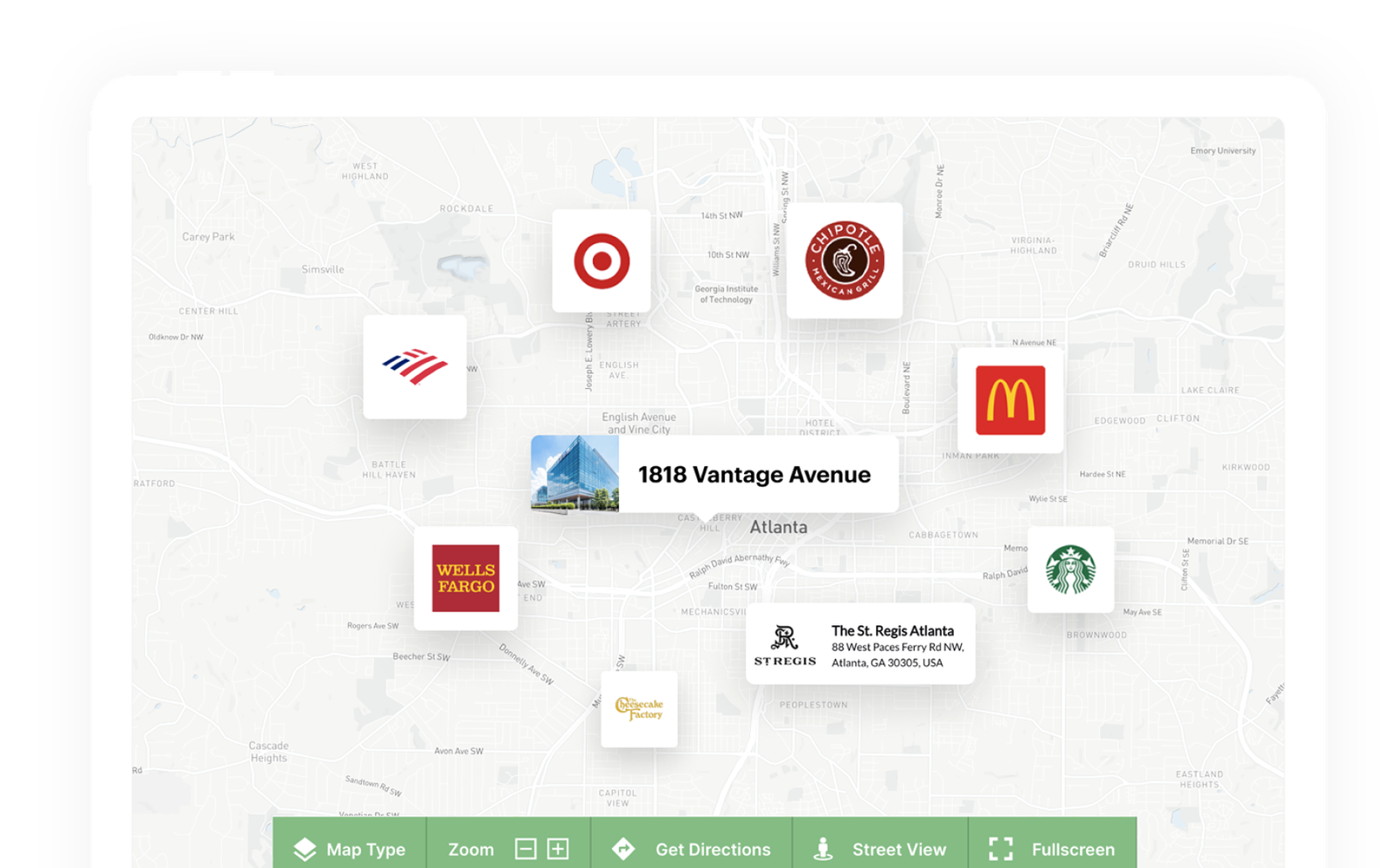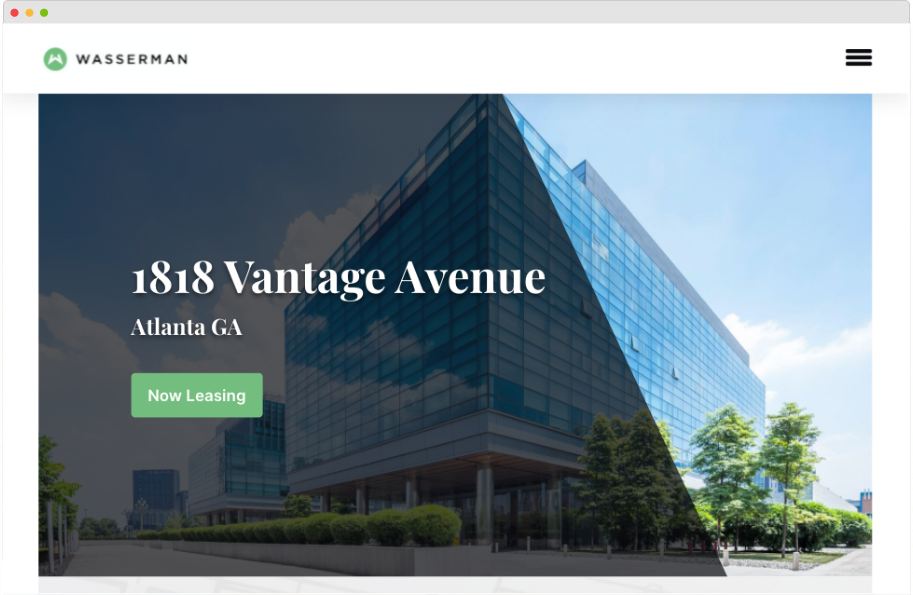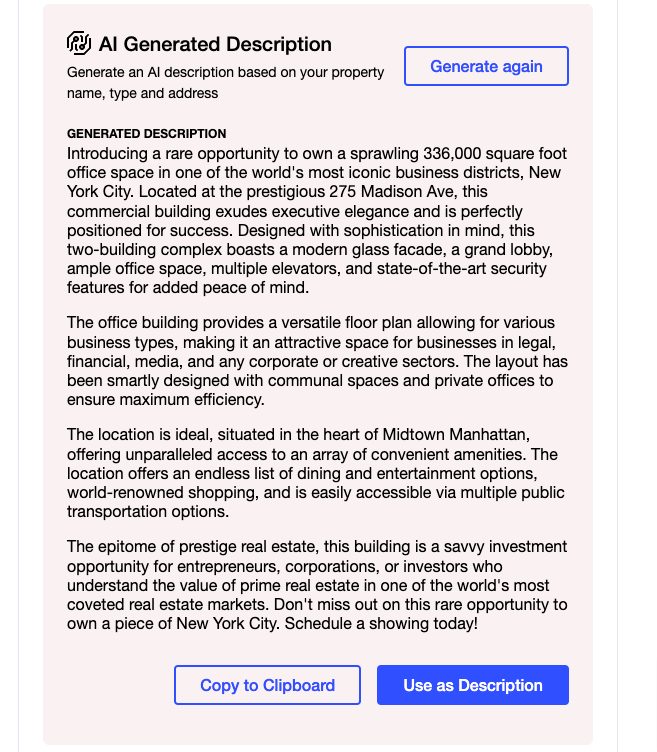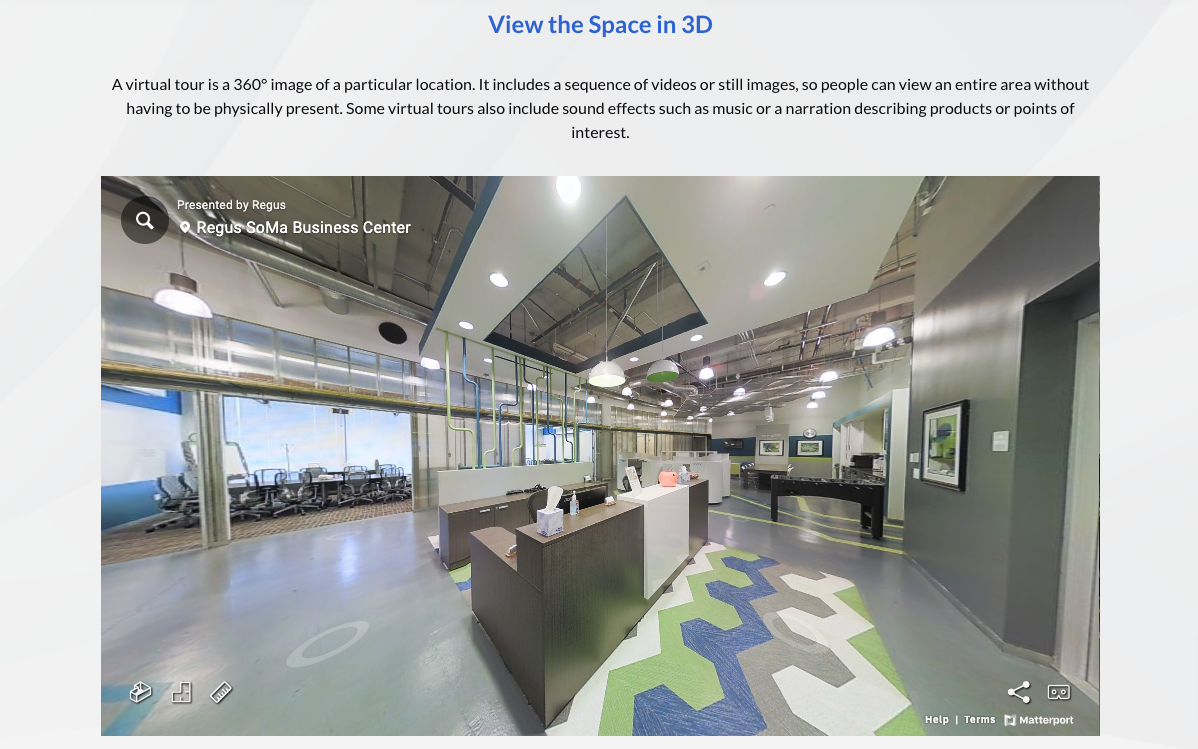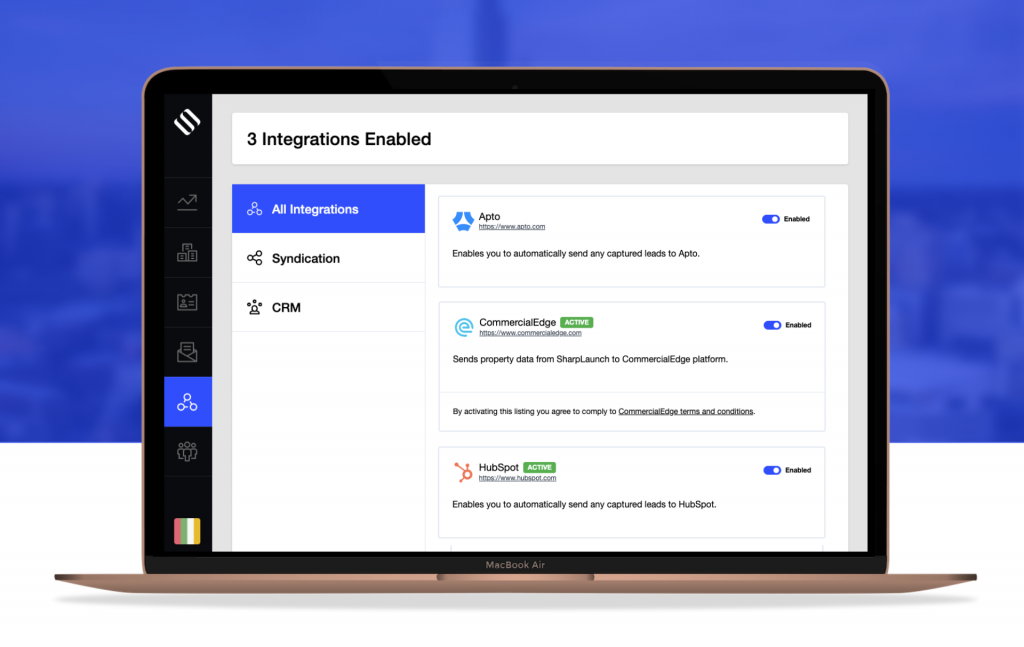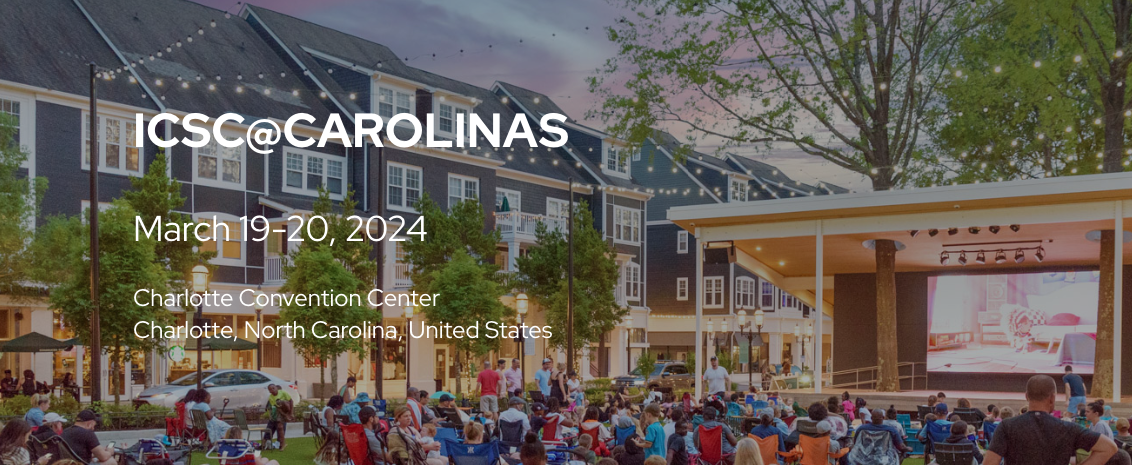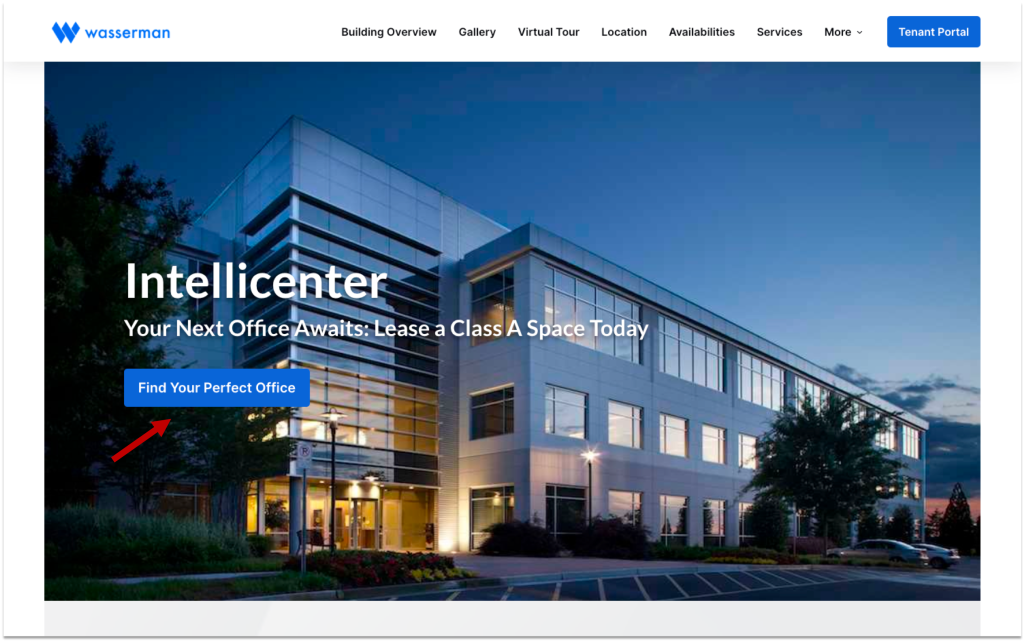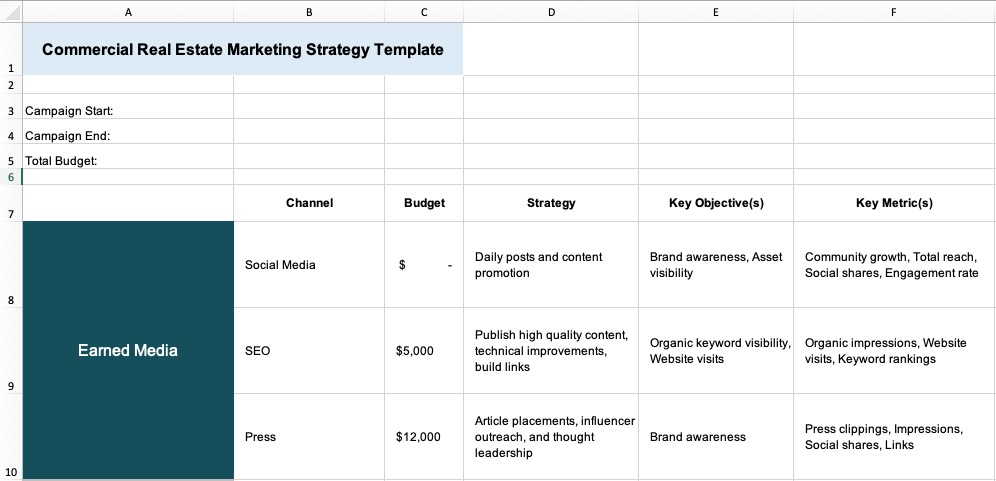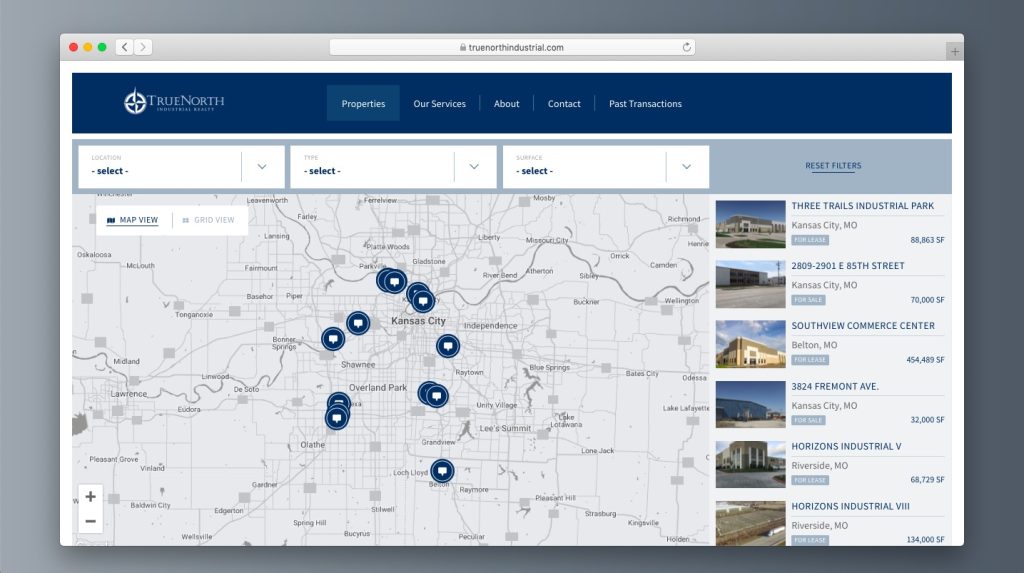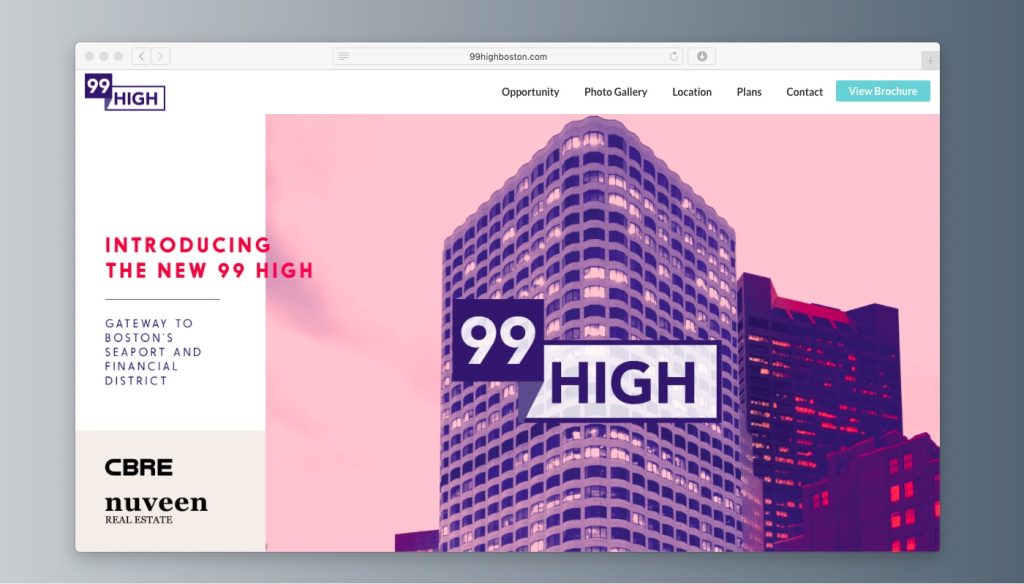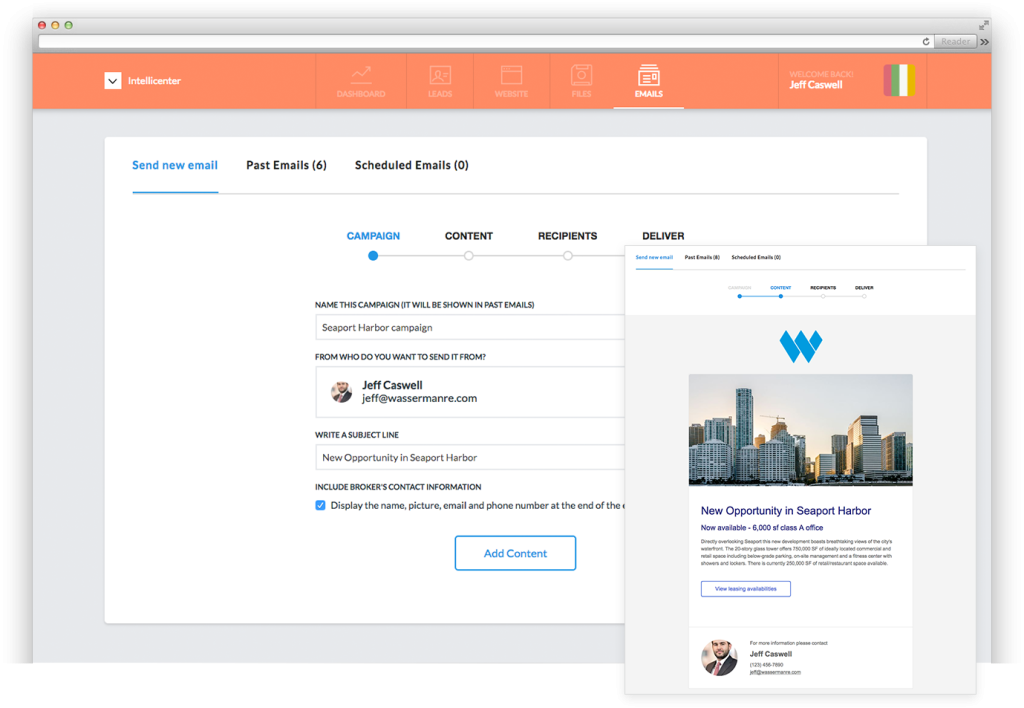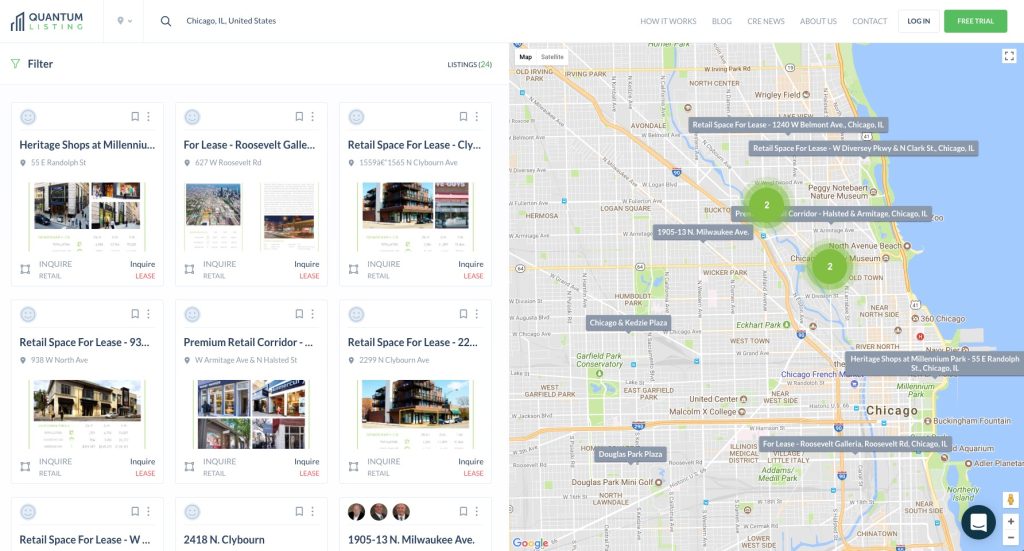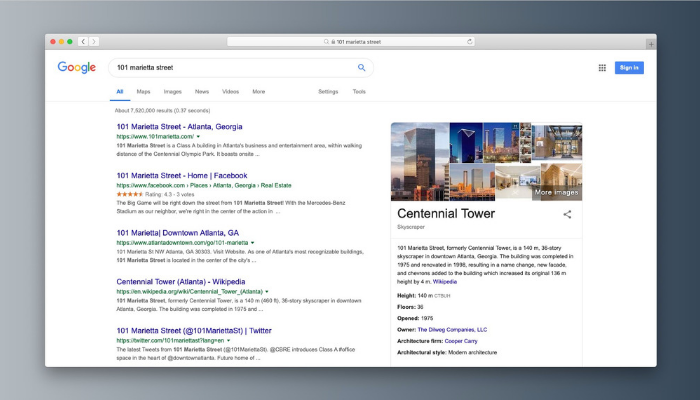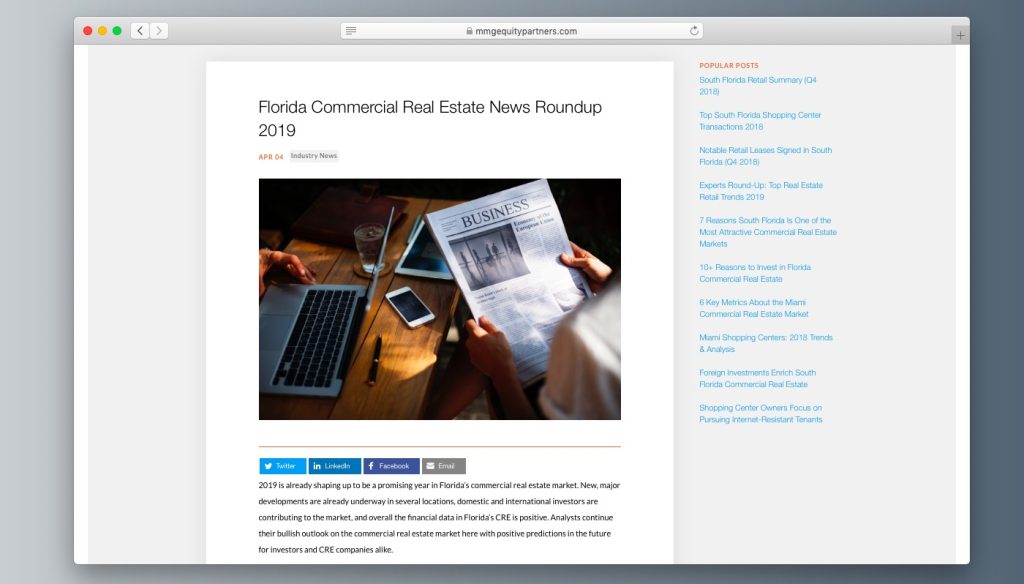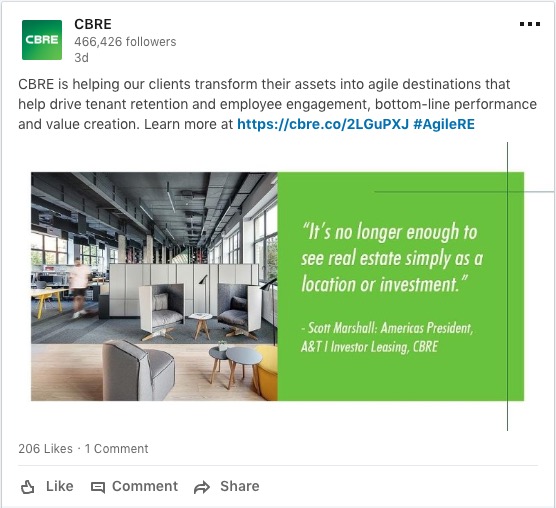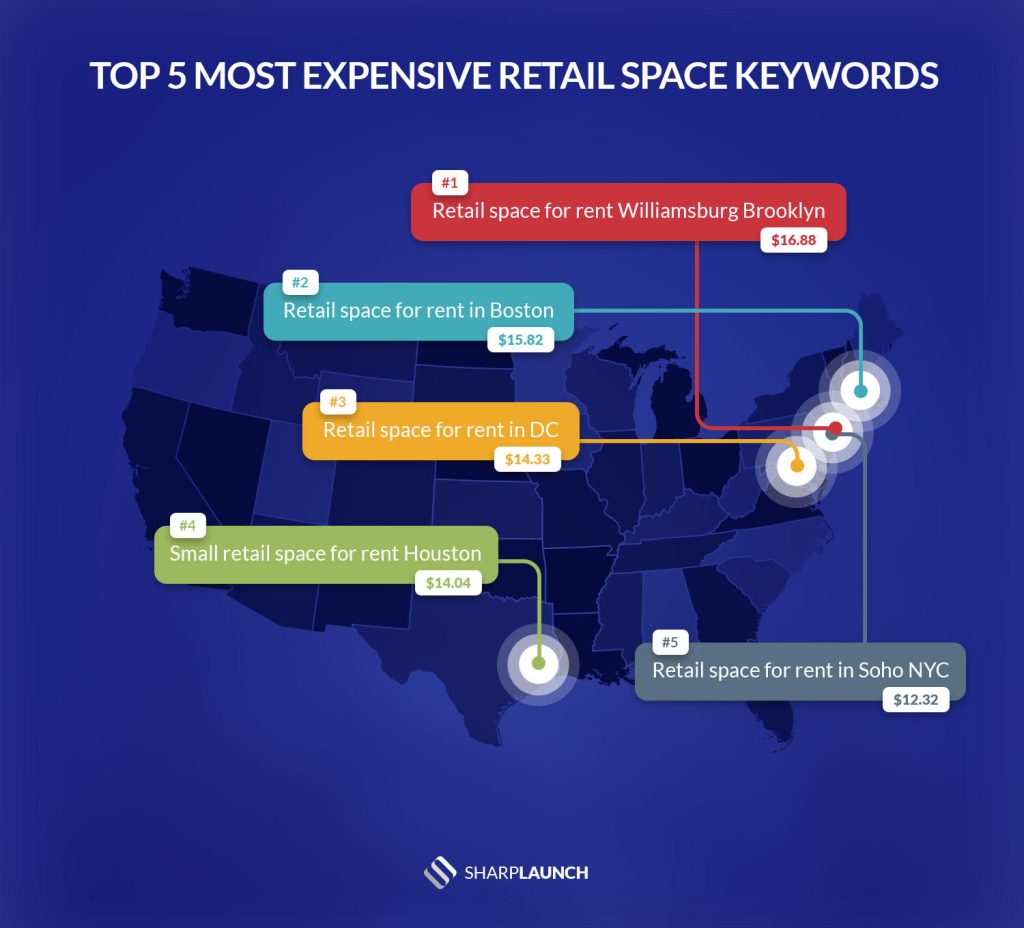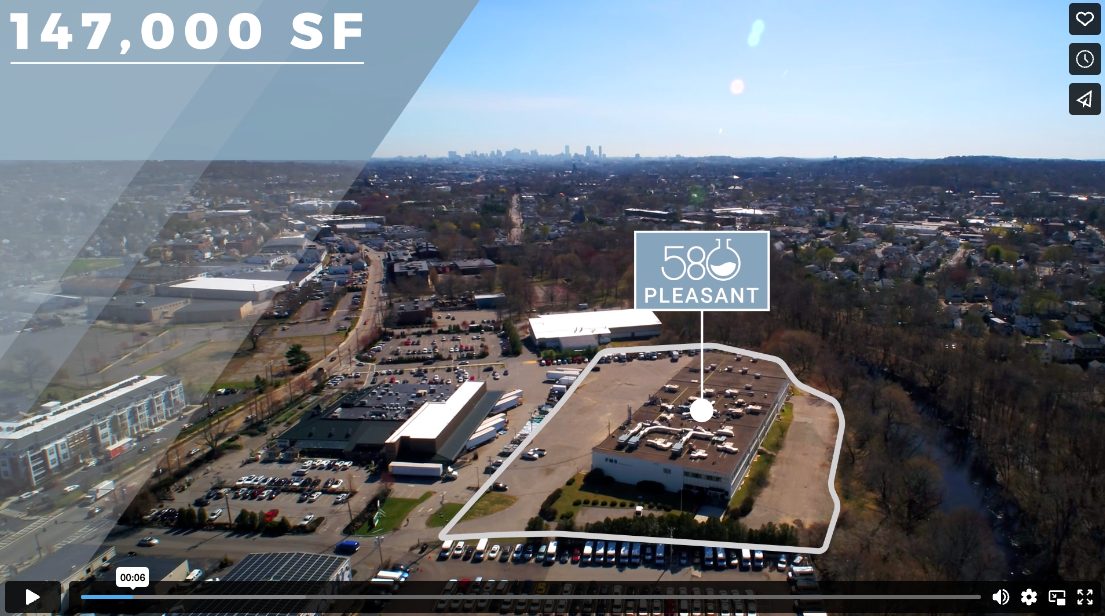In the realm of commercial real estate, the integration of innovation and technology is not just a luxury but a strategic necessity. Embracing innovation in this sector can bring substantial benefits, from enhancing efficiency and reducing costs to attracting tenants and optimizing property performance. However, driving innovation and technology adoption requires a complex approach that combines leadership, experimentation, and collaboration.
At the forefront is the recognition that technology is not just a tool but a transformative force capable of reshaping the entire industry. From advanced data analytics and artificial intelligence to virtual reality, the possibilities for innovation are endless. Successful implementation depends on leadership that prioritizes quickness, adaptation, and continuous improvement. By creating an environment that values innovation and embracing emerging technologies, stakeholders in commercial real estate can position themselves to lead industry evolution, driving consistent growth and competitive advantage.
When discussing the role of technology in CRE, many key points can be brought up. Here are six different observations and strategies for technology adoption and optimization:
Full Adoption Driven by End Users
 The full adoption of technology in real estate depends significantly on the demands and expectations of end users, particularly tenants. As the primary occupants of commercial spaces, tenants have significant influence over the direction and pace of technological integration within the industry. This influence stems from their increasing expectations for seamless, tech-enabled experiences that enhance not only their productivity but also their overall satisfaction.
The full adoption of technology in real estate depends significantly on the demands and expectations of end users, particularly tenants. As the primary occupants of commercial spaces, tenants have significant influence over the direction and pace of technological integration within the industry. This influence stems from their increasing expectations for seamless, tech-enabled experiences that enhance not only their productivity but also their overall satisfaction.
Companies like HQ exemplify this trend by pioneering tenant engagement platforms that prioritize personalized experiences and interaction with property management and amenities. Such platforms not only address the evolving needs of tenants but also serve as a catalyst for broader technological adoption across the real estate ecosystem. By placing a premium on enhancing tenant experience through innovative technologies, landlords and property managers can not only attract and retain tenants but also drive the broader industry towards a future characterized by digital transformation.
Tech Stack Complexity
As the landscape of technological tools continues to evolve and diversify, navigating the selection process for inclusion in a tech stack becomes increasingly complex. The challenge lies not only in identifying the latest innovations but also in deciding which solutions are best suited to meet the specific needs and objectives of commercial real estate stakeholders. Because of this complexity, the importance of aligning technological investments with the ultimate customer’s needs and preferences is undervalued.
Rather than adopting technology for the sake of novelty or industry trends, a customer-centric approach prioritizes solutions that directly address pain points, enhance user experiences, and ultimately deliver tangible value. This emphasis on understanding the unique requirements of end-users serves as a guiding principle in shaping the composition of a tech stack, ensuring that every component contributes meaningfully to driving efficiency, effectiveness, and satisfaction across the commercial real estate ecosystem.
Here are a few areas where your tech stack can be improved:
- Data Analytics and Business Intelligence: Enhancing capabilities for data collection, analysis, and visualization can provide valuable insights into market trends, tenant behavior, and property performance, enabling more informed decision-making.
- Artificial Intelligence and Machine Learning: Utilizing AI and machine learning algorithms can automate routine tasks, such as property valuation and lease management, and provide predictive analytics for risk assessment and investment decision-making.
- Mobile Apps and Tenant Portals: Developing mobile apps and tenant portals can improve communication and engagement with tenants, offering features like rent payments, maintenance requests, and community events notifications.
- Customer Relationship Management (CRM) Systems: Implementing CRM systems tailored to the commercial real estate industry can centralize client information, track leads, and automate marketing campaigns to enhance client relationship management and drive business growth.
Evolution of Real Estate Technology
The trajectory of real estate technology is a result of rapid digital transformation, where traditional practices are being revolutionized by innovations spanning from smart building systems to blockchain-enabled transactions. Embracing these advancements isn’t a matter of convenience but a need to unlock new opportunities, streamline processes, and enhance overall performance metrics.
Failure to adapt to this shifting technological landscape not only risks falling behind competitors but also jeopardizes long-term sustainability in an industry increasingly defined by its capacity for innovation and adaptation. The evolution of real estate technology outlines the critical importance of not only recognizing but actively utilizing the potential of emerging technologies to navigate the complexities of modern real estate markets and thrive in constant change.
Niche Specializations
Niche specializations in commercial real estate represent focal points where innovation and technology converge to revolutionize traditional practices. Within these specialized areas, such as construction tech and logistics, groundbreaking advancements are poised to reshape the industry landscape fundamentally. From modular construction methods to sustainable building materials, the adoption of these technologies not only accelerates project delivery but also fosters environmentally conscious development practices.
Similarly, in logistics, technological innovations like drone surveillance and autonomous vehicles are revolutionizing supply chain management and distribution networks within commercial real estate. These advancements facilitate smarter site selection, optimize warehouse layouts, and expedite last-mile delivery, thereby meeting the evolving demands of modern consumers. As the industry continues to embrace these specialized technologies, the traditional boundaries of commercial real estate are being redefined, unlocking opportunities for growth, efficiency, and sustainability.
Technology Adoption Challenges
The conversion towards technology adoption presents a significant hurdle to realizing the full potential of innovation. Traditionally, the industry has been characterized by old practices and a reluctance to depart from tried-and-tested methods. This often stems from concerns about the perceived risks associated with new technologies, as well as a reluctance to disrupt established workflows. Moreover, the pace of technological advancements can be overwhelming, leaving people uncertain about which innovations to prioritize and invest in.
To overcome these challenges, proactive strategies are essential. One approach involves a deeper understanding of emerging technologies and their potential impact on the industry. This requires ongoing education and engagement, where industry professionals actively seek out opportunities to learn about new technologies through workshops, seminars, and industry conferences. Additionally, cultivating a mindset of curiosity and experimentation can help break down barriers to technology adoption. Encouraging individuals to explore and test new technologies in controlled environments can streamline the process and build confidence in their capabilities. Collaboration and knowledge-sharing within the industry can accelerate adoption by facilitating the exchange of ideas and best practices.
Future Trends
The integration of autonomous technology into transportation systems is poised to revolutionize urban mobility, potentially altering the dynamics of property location preferences and commuting patterns. With the prospect of reduced reliance on personal vehicle ownership and increased efficiency in transportation networks, commercial real estate developers and investors must consider the implications for property value, accessibility, and design. As smart city initiatives gain traction, the convergence of autonomous vehicles with other technologies such as IoT and predictive analytics presents opportunities for innovative urban development strategies that prioritize sustainability, safety, and efficiency.
Despite the advancements of technology and automation, the enduring importance of human interaction in real estate transactions is crucial. While technological advancements undoubtedly streamline processes and enhance efficiency, the complexities inherent in commercial real estate transactions require human negotiation and relationship-building skills. From navigating intricate lease agreements to resolving disputes and fostering tenant relationships, successful real estate professionals understand that interpersonal dynamics play a pivotal role in achieving mutually beneficial outcomes.
Want to learn more? Watch our webinar Driving Innovation and Technology Adoption in CRE with Senior Managing Director of Investment Sales at JLL, Jeremy Neuer, where we go into further detail about innovation and technology in commercial real estate Watch here!





